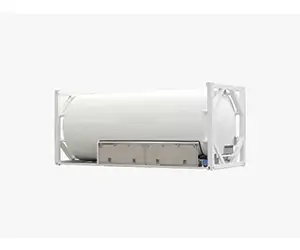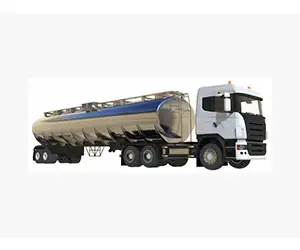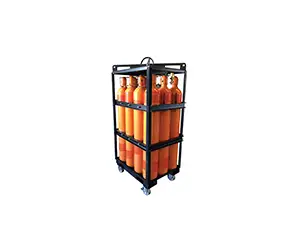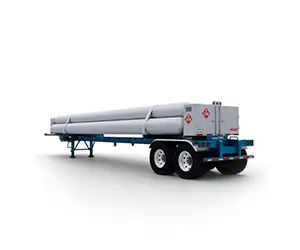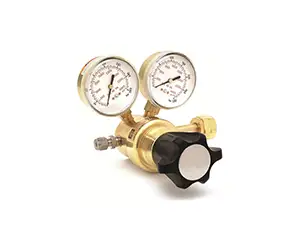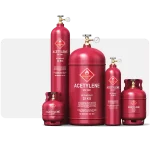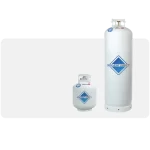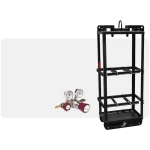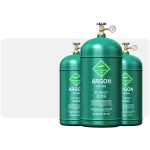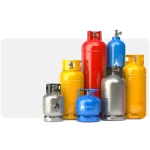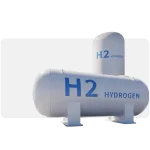Hydrogen gas transport
Gaseous hydrogen is usually delivered by truck or through pipelines. Since hydrogen gas is usually produced at relatively low pressures (20 to 30 bar), it must be compressed before shipping. Learn more about compressing hydrogen gas.
Trucks that carry gaseous hydrogen are called tube trailers. Hydrogen gas is compressed to pressures of 180 bar (~2600 psig) or more in tall cylinders that are stacked on a trailer that the truck carries. This gives the appearance of long tubes, hence the name tube trailer. Learn more about tubular trailers.
Hydrogen gas can be transported through pipelines like natural gas today. This is common for long, high-volume shipments. Most existing hydrogen pipelines are installed in oil refineries because hydrogen is used in the oil upgrading process. Learn more about pipelines.
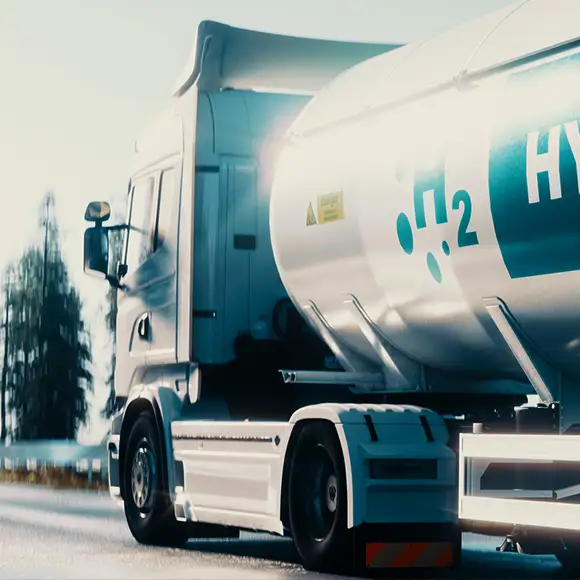
Safety of hydrogen gas related to Air products company
Before carrying or using hydrogen cylinders, increase your knowledge about the features and safety tips and dangers of this gas. Studying the safety data sheet of hydrogen gas related to Air products can be useful.
Never use the method of opening the valve and flowing hydrogen gas to remove the particles and dust present in the valves and external connections.
When moving the cylinder, avoid dropping, pulling, rolling and sliding it. For this purpose, use special cargo wheels.
When moving or lifting the cylinder, never hold the top cover of the cylinder.
When working with the valve on top of the cylinder, in case of any problem, avoid trying more and contact the sales representative of Apsol. Use only appropriate connections and never use converters to install valves and connections.
Always open the valve at the top of the cylinder slowly for more controlled pressure regulation.
Use pipes and devices that have enough tolerance and resistance against the maximum possible pressure.
Use suitable pressure reducing devices such as pressure reducing regulators or flow control valves so that hydrogen gas can be transferred to the system with high safety.
Use a proper check valve to prevent gas from returning to the cylinder.
At the end of working with the cylinder, it is necessary to close the valve above the cylinder and remove the excess gas in the system.
If the cylinder or the valve above it has a defect, quickly move the cylinder to a place outside the building and away from sources of ignition, and inform the Upsol sales representative.
All ventilation must be piped outside the building
 Persian
Persian Englisg
Englisg Arabic
Arabic
